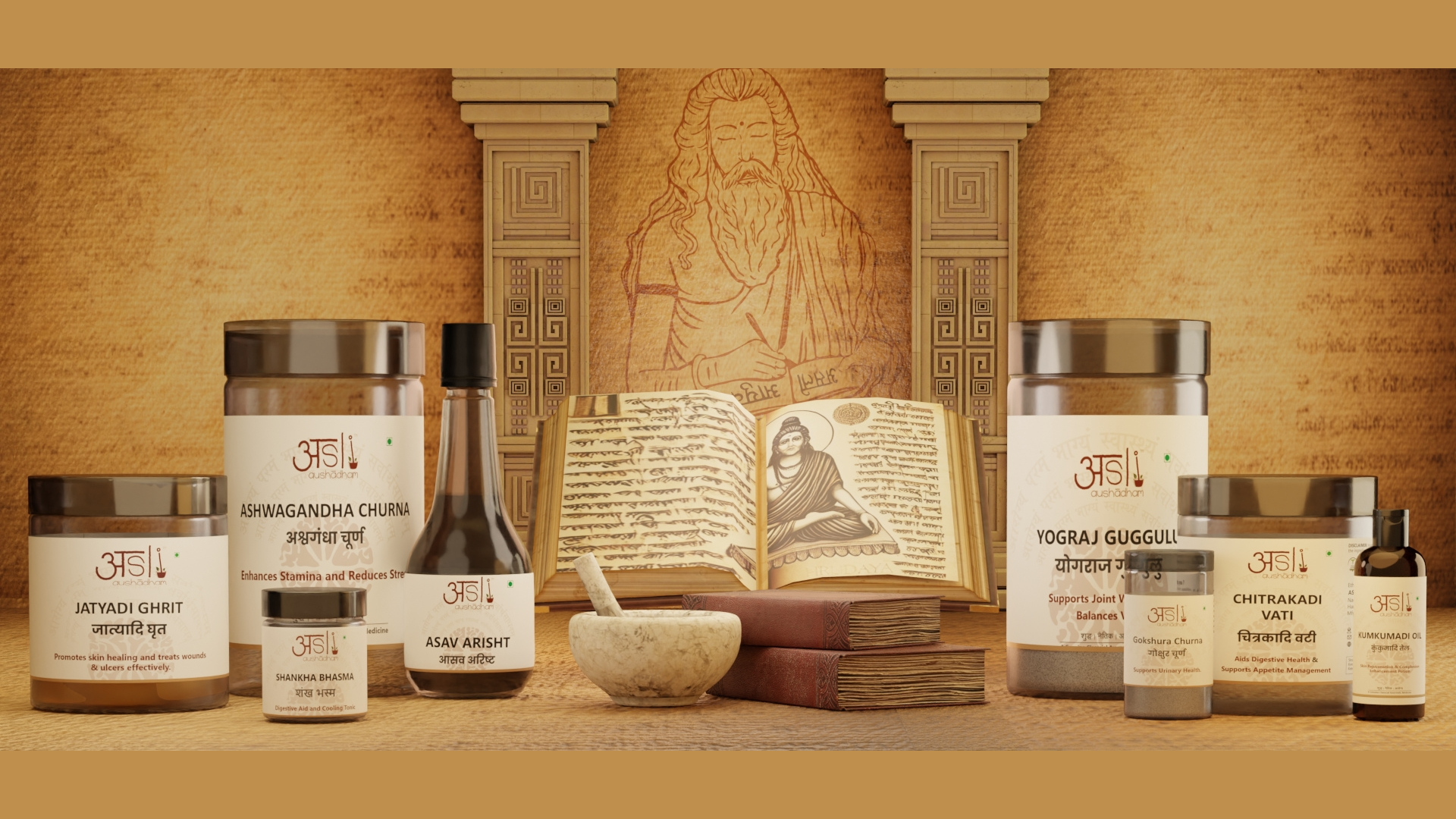Introduction
Known as the "science of life," Ayurveda is one of the oldest holistic medical systems in the world. Ayurveda is an ancient medical system that has its roots in India and has evolved into a philosophy centred around life, health, and wellbeing that extends beyond medicine. We can better appreciate its depth and importance in the modern world if we are aware of its rich past. Let's take a historical tour to discover the intriguing beginnings and development of Ayurveda.
Ancient Origins
The origins of Ayurveda can be found in India's ancient Vedic civilization. Two of the oldest known scriptures in human history, the Rig-Veda and the Atharvaveda, include the earliest references to Ayurvedic techniques. These writings emphasize the value of a harmonic balance between the body, mind, and spirit through hymns and formulas.
The Foundational Texts
As Ayurveda evolved, three foundational texts emerged, forming the bedrock of Ayurvedic knowledge and practice.
Charaka Samhita
Overview: Compiled by the sage Charaka, this text is one of the most comprehensive works on internal medicine (Kayachikitsa). It covers various topics including diagnosis, treatment, and the importance of maintaining a healthy lifestyle.
Contributions: Charaka's emphasis on the principles of prevention and the holistic approach to health continues to influence Ayurvedic practices today.
The Sushruta Samhita
Generally speaking, the Shalya Tantra, a treatise attributed to the sage Sushruta, is mostly concerned with surgery. Sushruta is frequently referred to as the "father of surgery" because of his thorough explanations of surgical equipment and methods.
Contributions: The Sushruta Samhita displays the sophisticated medical knowledge of ancient India by including the earliest documented accounts of plastic surgery, cataract surgery, and other surgical techniques.
Ashtanga Yoga
Overview: Vagbhata compiled this treatise, which condenses prior Ayurvedic works and simplifies their teachings into a more palatable manner. It encompasses all eight divisions of Ayurveda, including rejuvenation therapy, internal medicine, surgery, and pediatrics.
Contributions: The Ashtanga Hridayam is well known for its pragmatic application of Ayurvedic principles and for having influenced practitioners of later generations.
Evolution Through Time
Ayurveda has evolved and adapted over the course of history, mirroring the ever-changing landscape of Indian civilization.
Early Indian Empires: Ayurveda was encouraged and supported by kings who understood its benefits during the Mauryan and Gupta eras. Universities such as Nalanda and Takshashila developed as hubs for Ayurvedic education.
Influences of Buddhism and Jainism: The growth of these religions added to the richness of Ayurvedic medicine. Buddhist monasteries were frequently used as therapeutic facilities, integrating Ayurvedic treatments into their curricula.
Mughal Era: Ayurveda flourished throughout this time, frequently combining with Unani (Greco-Arabic) medical traditions, despite foreign invasions and the introduction of Islamic medicine.
Ayurveda During the Colonial Era
There was a difficult time for Ayurveda once the British arrived in India. The use of Ayurveda in medicine and education declined as a result of British colonial government favoritism of Western medicine. Nonetheless, devoted practitioners and academics put forth great effort to maintain and revitalize Ayurveda.
19th and 20th century: Proponents of the resuscitation of traditional Indian knowledge systems, such as Ayurveda, including Mahatma Gandhi and Swami Vivekananda. Establishing institutions aimed at advancing Ayurvedic teaching and research laid the foundation for the practice's comeback.
Global Spread and Contemporary Revival
Ayurveda saw a spectacular renaissance in the 20th century, both in India and elsewhere.
Key Figures: Through their teachings and establishments, visionaries like Baba Ramdev and Maharishi Mahesh Yogi contributed significantly to the popularization of Ayurveda.
Institutions and Universities: Ayurvedic research institutions and colleges abound, guaranteeing the ongoing advancement and sharing of Ayurvedic information.
Global Integration: Ayurveda is now accepted and practiced all over the world, and the demand for Ayurvedic goods and services in the global health and wellness sector is rising.
In summary
Ayurvedic medicine has withstood the test of time, changing and adapting to suit the demands of every age from its prehistoric beginnings to its contemporary rebirth. Its all-encompassing strategy for well-being, which prioritizes prevention and balance, is still applicable now just as it was thousands of years ago. We may better appreciate Ayurveda's enormous impact and explore its potential to improve our lives if we are aware of its rich history.
Urge to Take Action
Discover Ayurveda's ageless wisdom with Asli Aushadham. Explore our selection of genuine Ayurvedic goods, which are expertly made to maintain the original essence and medicinal benefits of age-old formulas. Comment below with your opinions on the background of Ayurveda, and sign up for our newsletter to receive more thought-provoking articles and updates.





